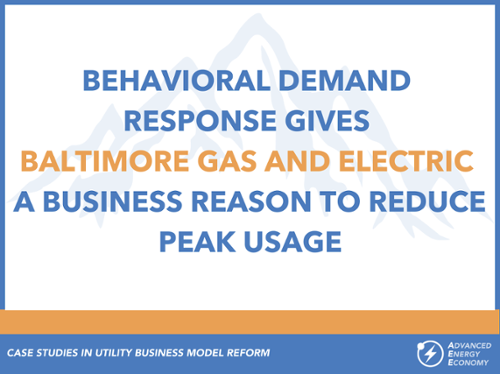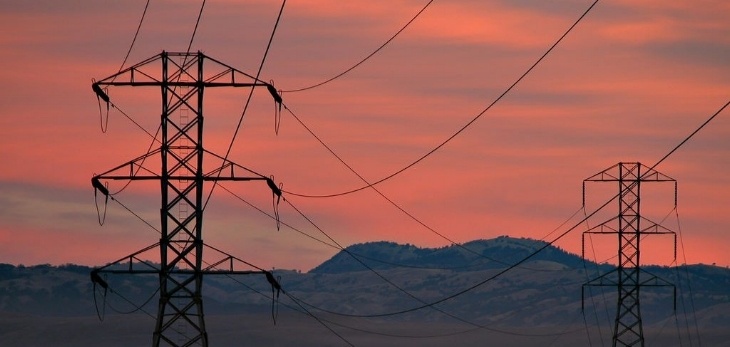.png?width=715&name=Copy%20of%20Case%20Studies%20in%20Utility%20Business%20Model%20-%20FINAL%20(1).png)
This is the third in a six-part series on utility business model reform provided by Rocky Mountain Institute, America's Power Plan and Advanced Energy Economy Institute, originally published by Utility Dive.
Incentives under the traditional cost-of-service utility revenue model are fundamentally misaligned with the implementation of energy efficiency programs. This is because, traditionally, utilities collect revenues based on the amount of energy they sell, whereas energy efficiency programs attempt to reduce energy consumption, thereby reducing utility revenues and profits.


